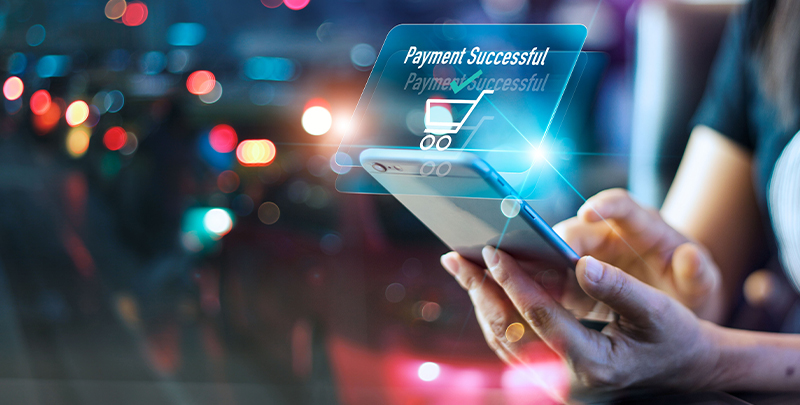Today, digital payments have become the norm, simplifying transactions and making our lives more convenient. One of the key elements facilitating this seamless experience is the virtual payment address (VPA). So, what is VPA, and how does it work in the realm of UPI? Read on to understand the concept and functioning of VPA.
What is VPA or virtual payment address?
A virtual payment address (VPA) is a unique identifier that helps you send and receive money without sharing your bank account details. Think of it as an email address for your banking transactions. It is an alias for your bank account, making digital payments secure and straightforward. When linked to the UPI, it allows users to carry out transactions effortlessly.
How does a VPA work?
1. Creation: You create a VPA through your bank or a UPI-enabled app. This VPA is linked to your bank account.
2. Transaction: When you need to send or receive money, you simply use this VPA instead of your bank details.
3. Authentication: The transaction is authenticated through your mobile number and a secure PIN.
4. Completion: Money is transferred instantly between bank accounts using the VPA, ensuring a smooth and quick transaction.
How to create a VPA?
1. Go to the App Store (iOS) or Google Play Store (Android) to download the Axis Mobile app and register using your mobile number linked to your Axis Bank account.
2. Once logged in, go to the UPI section in the app.
3. Choose a unique VPA, such as yourname@axisbank or mobile@axisbank. Make sure it is easy to remember and type.
4. Follow the app’s instructions to link your Axis Bank account with your new VPA. This process ensures your VPA is correctly linked to your bank account.
5. Create a UPI PIN to secure your transactions. This PIN will be used for authenticating your payments and ensuring your account’s safety.
6. The app will verify your details and confirm the creation of your VPA. Once verified, you are ready to use your VPA for transactions.
Procedure to send and receive money via VPA
Sending money:
1. Login to Axis Mobile.
2. Go to Quick Links>>BHIM UPI or click on Pay button>>'Pay to Contacts'
3. Type in the recipient’s VPA, for example, recipient@axisbank.
4. Specify the amount you wish to transfer.
5. Check the recipient’s VPA and the amount to ensure they are correct.
6. Enter your UPI PIN to authenticate the transaction.
7. Once authenticated, the payment will be processed instantly. You will receive a confirmation message for the successful transaction.
Receiving money:
1. Login to Axis mobile app on your smartphone.
2. Go to Quick Links>>BHIM UPI to reach the UPI Dashboard
3. Tap on the ‘Request Money’ option.
4. Type in the payer’s VPA, for example, payer@axisbank.
5. Specify the amount you wish to receive.
6. You can add a note or description for the payment request.
7. Tap on ‘Send Request’ to notify the payer.
8. The payer will receive a notification and will need to approve the request by entering their UPI PIN.
9. Once the payer approves, the money will be transferred instantly to your Axis Bank account. You will receive a confirmation message for the successful transaction.
Also Read: Top 9 benefits of having a Savings Account
Wrapping up
The virtual payment address is a game-changer in the world of digital banking. It combines convenience with security, making it an essential tool for anyone who frequently transacts online. Whether you're paying for groceries, splitting a bill, or transferring money to a friend, a VPA ensures your transactions are smooth and hassle-free.
Disclaimer: This article is for information purpose only. The views expressed in this article are personal and do not necessarily constitute the views of Axis Bank Ltd. and its employees. Axis Bank Ltd. and/or the author shall not be responsible for any direct / indirect loss or liability incurred by the reader for taking any financial decisions based on the contents and information. Please consult your financial advisor before making any financial decision.








